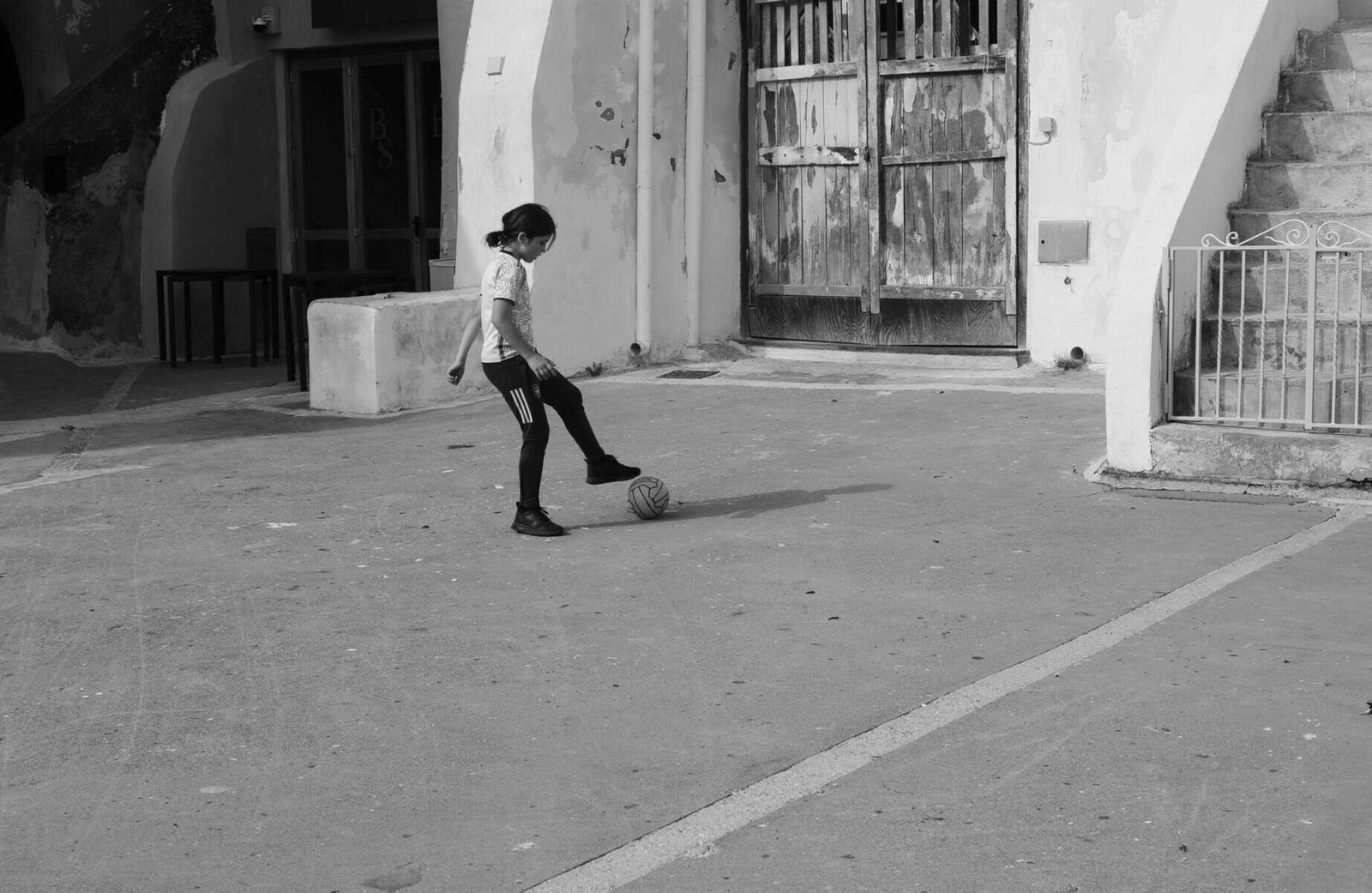When it comes to skateboarding, choosing the right wheels can make all the difference in your street or park skating experience. With an array of options available, it’s crucial to find the perfect set that will enhance your performance and maneuverability on different terrains. Whether you’re a beginner looking for stability or an advanced skater seeking speed and responsiveness, this article will guide you through the factors to consider when selecting the ideal skateboard wheels that suit your style and preferences. From durometer to size, let’s dive into the world of skateboard wheels and uncover the secrets to finding the perfect pair for your next skateboarding adventure.
Size
Diameter
When choosing skateboard wheels, one of the first things to consider is the diameter. The diameter refers to the size of the wheel, usually measured in millimeters. Skateboard wheels come in a range of sizes, with common diameters being between 50mm and 60mm.
Smaller wheels, such as those around 50-53mm, are ideal for street skating. They offer a lower center of gravity, allowing for more stability and control when performing tricks and maneuvers. These wheels are also lighter, making them easier to flip and spin.
On the other hand, larger wheels, around 54-60mm, are better suited for park skating. They provide more speed and roll over cracks and rough surfaces more easily. With larger wheels, you can maintain momentum and glide smoothly across ramps, bowls, and other park features.
Width
In addition to diameter, the width of skateboard wheels also plays a significant role in their performance. The width is the measurement across the wheel, often expressed in millimeters.
Narrow wheels, usually around 32-34mm wide, are commonly used for technical street skating. These wheels offer a smaller contact patch, which allows for precise movements and quick flips. They are also lighter, making them ideal for technical tricks and maneuvers.
Wider wheels, typically around 48-53mm wide, are more suitable for park skating. The increased width provides more stability and a larger contact patch, giving you better grip on ramps, bowls, and other smooth surfaces. With wider wheels, you can carve and turn more easily, enhancing your overall skateboarding experience.
Durometer
Understanding Durometer
The durometer of a skateboard wheel refers to its hardness. It is measured on a scale known as “durometer A,” with higher numbers indicating harder wheels and lower numbers indicating softer wheels. The most common durometer range for skateboard wheels falls between 78A and 101A.
Choosing the Right Durometer
When it comes to choosing the right durometer, it depends on the type of skating you do and your personal preferences.
Softer wheels, typically in the 78A-87A range, are ideal for rough or uneven surfaces, such as street skating. They provide a smoother ride by absorbing shocks and vibrations, giving you more control over your board. These wheels also offer better grip, which is essential for maintaining stability during slides and tricks.
Harder wheels, ranging from 88A-101A, are better suited for skate parks and smooth surfaces. They provide less grip but more speed, allowing for faster and smoother rides. Harder wheels also slide more easily, making them ideal for technical tricks and park skating.
Ultimately, the choice of durometer comes down to personal preference and the type of terrain you plan to skate on. Experimenting with different durometers can help you find the perfect combination of speed, grip, and maneuverability for your skateboarding needs.

Shape
Street Shape
The shape of skateboard wheels plays a crucial role in their performance on different terrains. For street skating, wheels with a conical shape are most commonly used.
Conical wheels have a tapered edge, with a smaller diameter on the inner side and a larger diameter on the outer side. This shape allows for quicker and more responsive turns, making them ideal for navigating through urban environments. Conical wheels also provide a larger contact patch, enhancing grip and stability during tricks and slides.
Park Shape
When it comes to skate park skating, wheels with a square-edged shape are preferred by many skateboarders.
Square-edged wheels have a flat and straight edge, providing a larger surface area for better stability and grip on smooth surfaces. These wheels excel in park environments where speed and traction are crucial. With square-edged wheels, you can confidently maneuver around ramps, bowls, and other park features, maximizing your control and performance.
Choosing the right shape of wheels depends on your skating preferences and the type of terrain you ride on. Experimenting with different shapes can help you find the perfect combination of responsiveness and stability for your skateboarding style.
Material
Polyurethane
Skateboard wheels are primarily made of polyurethane, a versatile and durable material. Polyurethane wheels offer excellent grip, durability, and versatility, making them suitable for various types of skateboarding. They provide a smooth ride and can withstand the wear and tear of street and park skating.
Polyurethane wheels are available in different durometers, giving you the flexibility to choose the desired hardness for your skating style and terrain. They also come in various colors and designs, allowing you to customize your skateboard according to your preferences.
Nylon
Nylon wheels, although less common, are another option to consider when choosing skateboard wheels. These wheels are lightweight and provide a smooth ride. They are known for their durability and resistance to flatspots, which can occur when wheels slide sideways excessively.
Nylon wheels are often used for technical street skating, where a lighter setup is preferred. They offer good grip and can handle slides and tricks with ease. However, nylon wheels may not be as readily available as polyurethane wheels and may have limited options in terms of durometer and shapes.
When selecting the material of your skateboard wheels, polyurethane is generally the go-to choice due to its wide availability and versatility. However, if you prefer a lightweight setup or have specific preferences for nylon wheels, they can also be a suitable option to explore.

Profile
Conical
The profile of skateboard wheels refers to the shape of the wheel’s outer surface. One popular profile is the conical shape, which features a wider surface area near the contact patch and a narrower shape towards the center of the wheel.
Conical wheels offer increased grip and stability, making them ideal for street skating and technical tricks. The wider surface area near the contact patch improves traction and helps with landing tricks. This shape also allows for a larger contact patch, enhancing control and maneuverability.
Square-edged
Square-edged wheels have a straight, flat outer surface, making them popular for skate park skating. This profile provides a larger surface area in contact with the ground, resulting in better grip and stability on smooth surfaces. Square-edged wheels excel in carving, turning, and maintaining speed on ramps and bowls.
Choosing the right wheel profile depends on your skateboarding style and the type of terrain you skate on. Whether you prefer the grip and maneuverability of a conical wheel or the stability and speed of a square-edged wheel, there is a profile that suits your needs.
Core
Core Design
The core of a skateboard wheel refers to the inner part, usually made of either plastic or metal. The core plays a crucial role in the wheel’s overall performance and durability.
Wheels with a plastic core are lighter, making them ideal for technical tricks and flips. They offer a quick response and allow for easier rotations. Plastic cores are commonly found in narrower and lighter wheels, perfect for street skating and technical skateboarding.
Metal cores, often made of aluminum, provide more stability and durability. They are commonly found in wider wheels, suitable for park skating and high-speed rides. Metal core wheels offer better balance, especially during landings and slides. They are designed to handle the impact and forces exerted during aggressive skateboarding.
Core Placement
The placement of the core within the wheel also affects its performance. Centerset cores are located in the middle of the wheel, providing an even distribution of wear and a balanced feel. These wheels are versatile and can be flipped to even out the wear and prolong their lifespan. Centerset wheels are popular among riders who frequently rotate their wheels or prefer an all-around performance.
Offset cores have the center slightly shifted towards one side. This design offers more grip and a smoother ride. Offset wheels are often used for downhill skateboarding or when maximum traction is desired.
When selecting wheels based on core design and placement, consider your preferred skating style and the type of terrain you will be riding on. Whether you prioritize lightness and quick response or stability and grip, there is a wheel with the right core design and placement for you.

Contact Patch
Size
The contact patch of a skateboard wheel refers to the area of the wheel that comes into contact with the ground. The size of the contact patch can greatly affect the wheel’s performance and grip.
A smaller contact patch, commonly found in narrower wheels, offers less grip but allows for quicker and more responsive turns. These wheels are popular for technical street skating, where maneuverability and precision are key. Smaller contact patches result in less friction, enabling slides and tricks to be executed smoothly.
On the other hand, larger contact patches, often found in wider wheels, provide more grip and stability. These wheels maintain better traction when riding on smooth surfaces, such as skate parks. With more surface area in contact with the ground, larger contact patches offer enhanced control during carving and high-speed rides.
When choosing the size of the contact patch, consider your skill level, the type of terrain you skate on, and the specific tricks or maneuvers you aim to perform. Finding the right balance between grip and maneuverability can help elevate your skateboarding experience.
Shape
In addition to size, the shape of the contact patch also affects wheel performance. Different contact patch shapes provide varying levels of grip and control.
A rounded contact patch offers a mix of predictability and slideability. These wheels are suitable for a wide range of skateboarding styles, including street and park skating. Rounded contact patches provide a smooth ride and allow for easier transitions between tricks and maneuvers.
A square-edged contact patch provides maximum grip and stability. These wheels excel in park skating and are commonly used by riders who prioritize control and traction during high-speed rides and aggressive skating.
When it comes to contact patch shape, consider your preferred level of grip and slide, as well as the type of skating you do. Rounded shapes offer versatility, while square-edged shapes prioritize grip and stability.
Brand
Reputable Brands
When it comes to skateboard wheels, opting for reputable brands is essential. Reputable brands have a proven track record of producing high-quality wheels that meet the demands of skateboarders.
Some well-known and respected skateboard wheel brands include Bones, Spitfire, Ricta, OJ Wheels, and Powell Peralta. These brands have been in the industry for years and have gained the trust and respect of skateboarders worldwide. They consistently deliver wheels that offer durability, performance, and versatility.
Choosing a reputable brand ensures that you are investing in quality and reliability. These brands often undergo rigorous testing and manufacturing processes to ensure their wheels meet the high standards expected by skateboarders.
Customer Reviews
Customer reviews can provide valuable insights when selecting skateboard wheels. Reading reviews from fellow skateboarders who have used specific brands and models can help you gauge the performance and durability of the wheels you are considering.
Look for reviews that align with your skateboarding style and the type of terrain you plan to skate on. Consider feedback on grip, durability, smoothness of ride, and overall performance. While individual experiences may vary, customer reviews can give you a general idea of what to expect from different brands and models.
Keep in mind that personal preferences and skill levels can greatly influence reviews. What works well for one skateboarder may not necessarily work for another. However, paying attention to common themes and experiences shared in the reviews can guide you towards making an informed decision.
Price
Budget
When considering skateboard wheels, it is important to set a budget that aligns with your financial means. Skateboard wheels come in a range of prices, and while some may be more expensive, it does not always mean they are superior in quality.
Setting a budget helps narrow down your options and prevents overspending. It allows you to focus on finding wheels within your price range while still considering factors like durability, performance, and the reputation of the brand.
Consider your commitment to skateboarding and the frequency at which you ride when determining how much you are willing to spend on wheels. If you are a beginner or skate infrequently as a hobby, budget-friendly options can still provide a quality ride. However, if skateboarding is a significant part of your lifestyle and you skate often, investing in slightly higher-end wheels may be worth considering for their longevity and performance benefits.
Quality vs Cost
When it comes to skateboard wheels, striking a balance between quality and cost is crucial. While cheaper options may be tempting due to their affordability, they may not always deliver the same level of performance, durability, and smoothness of ride as their higher-priced counterparts.
Higher-end wheels often incorporate advanced materials, manufacturing processes, and technology to provide enhanced performance and durability. These wheels are designed to withstand the demands of aggressive skating and frequent use. Investing in quality wheels can result in a smoother ride, improved control, and increased longevity, ultimately saving you money in the long run.
However, it is important to note that expensive wheels are not always necessary for every skateboarder. Beginners or recreational skateboarders may find that mid-priced or budget-friendly options meet their needs perfectly. Prioritize finding wheels that suit your skateboarding style and terrain preferences while also considering cost.
Consider factors such as the reputation of the brand, customer reviews, and the specific features and materials of the wheels when evaluating the value for money. Finding the right balance between quality and cost ensures that you get the most out of your investment in skateboard wheels.
Terrain
Street Skating
Street skating involves maneuvering through urban landscapes, including streets, sidewalks, and plaza areas. The terrain in street skating can vary greatly, from rough and cracked surfaces to smooth ledges and rails.
For street skating, smaller and narrower wheels are often preferred. Wheels with a diameter ranging from 50mm to 53mm and a width of around 32mm to 34mm are commonly used. These dimensions provide a lower center of gravity for better stability and control. Smaller wheels also allow for quicker flips, spins, and technical tricks. Additionally, opting for softer durometers, generally in the 78A-87A range, can provide a smoother ride and better grip on rough surfaces.
When street skating, consider the type of terrain you will encounter most frequently. If your local spots consist of rougher surfaces, prioritize smaller wheels with softer durometers. If you mainly skate in smoother areas, slightly harder wheels can offer better control and slideability.
Park Skating
Park skating involves riding in skate parks, which are purpose-built environments with ramps, bowls, halfpipes, and other features. The terrain in skate parks is typically smooth, with concrete or wooden surfaces.
For park skating, larger and wider wheels are commonly used. Wheels with a diameter ranging from 54mm to 60mm and a width of around 48mm to 53mm provide more speed and roll over cracks more easily. Larger wheels maintain momentum and offer a smooth ride on smooth surfaces. Opting for harder durometers, generally in the 88A-101A range, provides better slideability and faster speeds.
When park skating, consider the specific features of the skate park you frequent. If the park has larger transitions and requires greater speed, larger wheels will serve you well. However, if the park consists of tighter transitions and requires more technical tricks, smaller wheels may be more suitable.
Overall, selecting the right skateboard wheels for street or park skating involves considering the terrain and your personal skateboarding style. Experimenting with different sizes, durometers, shapes, and materials can help you find the perfect combination for an enjoyable and enhanced skateboarding experience.

